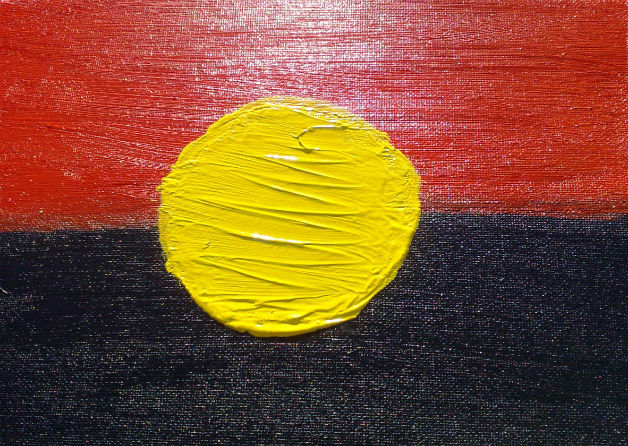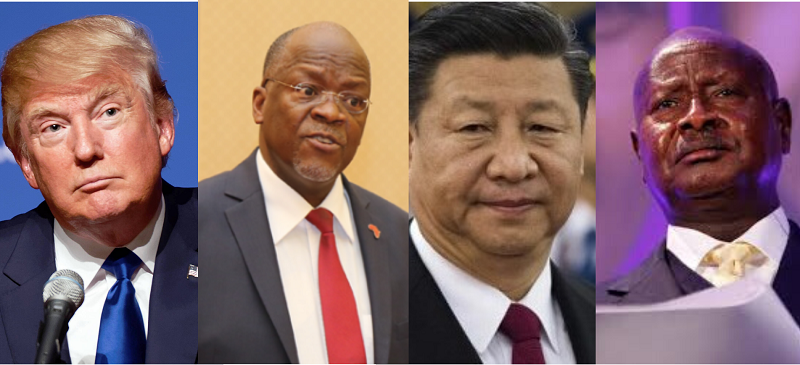"Only 20 Aboriginal languages are spoken daily today in Australia."
May 27 A language centre in north-eastern Australia is trying to reinvigorate indigenous Aboriginal languages smothered following European colonisation. Pak Wayne Yiu, 19, a journalism student from the city of Brisbane, reports.
A language centre in north-eastern Australia is trying to reinvigorate indigenous Aboriginal languages smothered following European colonisation. Pak Wayne Yiu, 19, a journalism student from the city of Brisbane, reports.
Language, often taken for granted, is a form of communication, a symbol of who we are. Most importantly, it is what keeps a culture alive.
When a language disappears, a particular understanding and a custom of traditions and culture comes to an end.
After the Australian land was colonised and a system of European-style governance was formed, legislation was passed preventing the Aboriginal language being spoken.
Once home to over 200 languages spoken by the indigenous inhabitants of Australia, only 20 are now spoken today on a daily basis.
According to David Prosser, Aboriginal Teacher and Director of the Muurrbay Board, the government was effective in mixing tribal communities with Europeans. “The only way to communicate from a common perspective was through English – that’s also contributed to this mass theme of language loss,” he tells me.
The Muurrbay Aboriginal Language and Culture cooperative began 25 years ago as a language club. It is now situated in an old Catholic Church on the Aboriginal community of Nambucca Heads. Their aim is to gather and restore the lost languages of the Aboriginals.
The language centre currently oversees several projects providing classes for students to learn and create a basic understanding of indigenous languages. It offers a number of different level language courses around various towns in New South Wales. Certificates such as the Cert I in Gumbaynggirr teaches students the language and culture of the Aboriginals and allows students to be able to walk out of the door and use what have they learnt as a foundation.
As well as the many courses, a number of dictionaries covering many of the different language groups that belong to the surrounding tribes around the Hunter River and Tweed River in New South Wales have also been published. “We produce dictionary and grammar books for different languages… namely Bundjalung, Dhanggati, Gumbaynggirr, Gathang and the newly published one is Yaegl,” Mr Prosser says.
The major source of funding for language programmes at the Muurrbay language centre comes from the Federal and State government, and often philanthropical organisations donate. Dictionaries and programmes can be continued, but will struggle if sufficient resources aren’t provided.
Currently about $4.3 million AUD of Government funding is set aside to aid in revitalising indigenous languages, whilst other language programmes in Australia, such as Indonesian and Thai comparatively are funded with about $10-14 million AUD.
Mr. Prosser hopes that one day the revitalisation of indigenous languages will transform people into first language speakers. “I hope the level of energy will be maintained,” he says.
The Muurrbay language centre encourages everybody, including non-indigenous people, to take part in the journey of revitalisation of indigenous language programmes. David Prosser will continue his work in the reclamation and restoration of indigenous languages nationally.
“When you say “language is your soul,” or “Adyi dulbay ngaliingu uurraam,” a translation of Yaegl language, it really touches the soul. It touched my heart and that part of my heart was my soul.”
Twitter: @pakwayne
…………………………………………………………………………………………………………………
Opinions expressed in this article are those of the author and do not necessarily represent the views of the Commonwealth Youth Programme. Articles are published in a spirit of dialogue, respect and understanding. If you disagree, why not submit a response?
To learn more about becoming a Commonwealth Correspondent please visit: http://www.yourcommonwealth.org/submit-articles/commonwealthcorrespondents/ …………………………………………………………………………………………………………………




